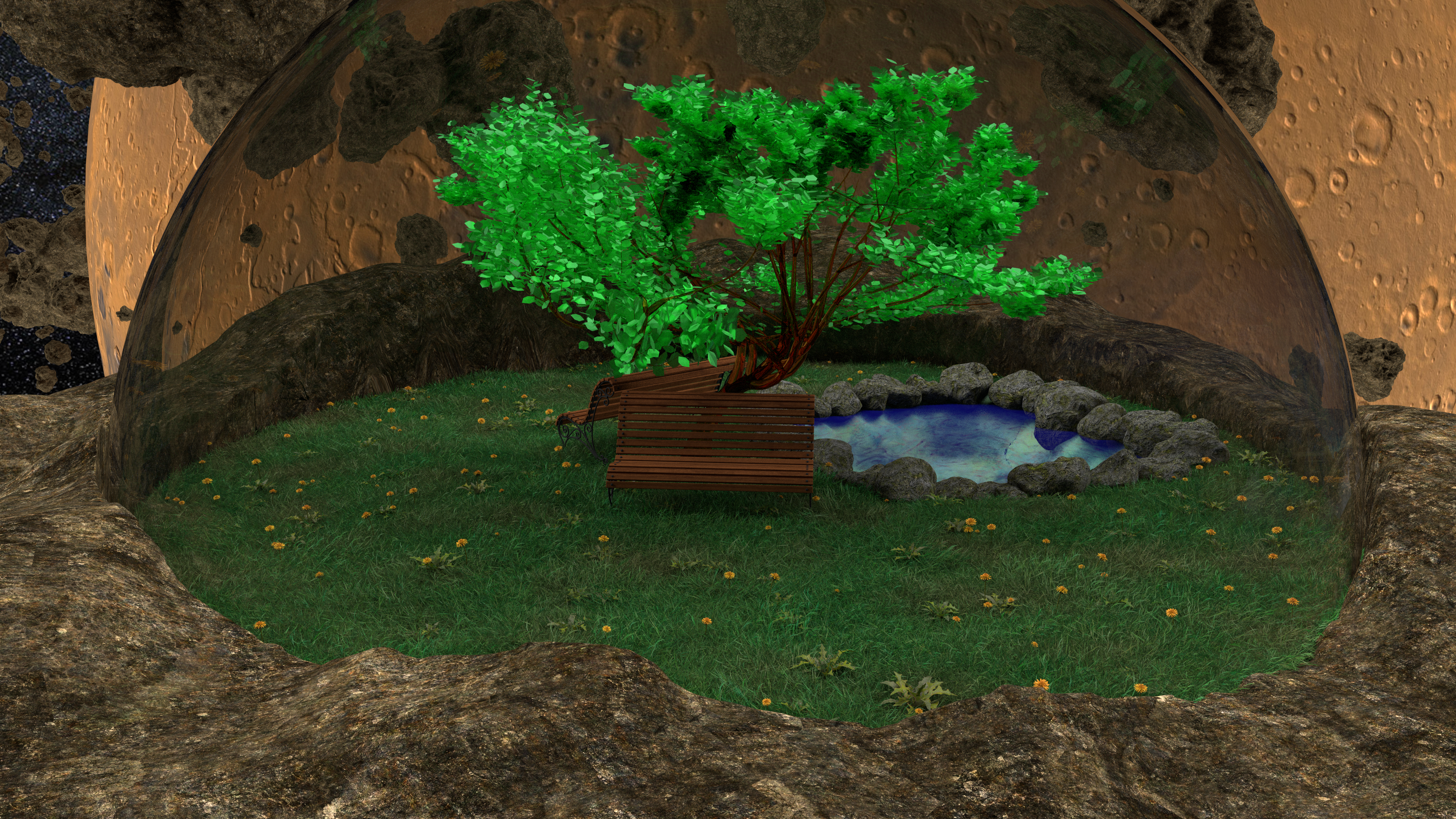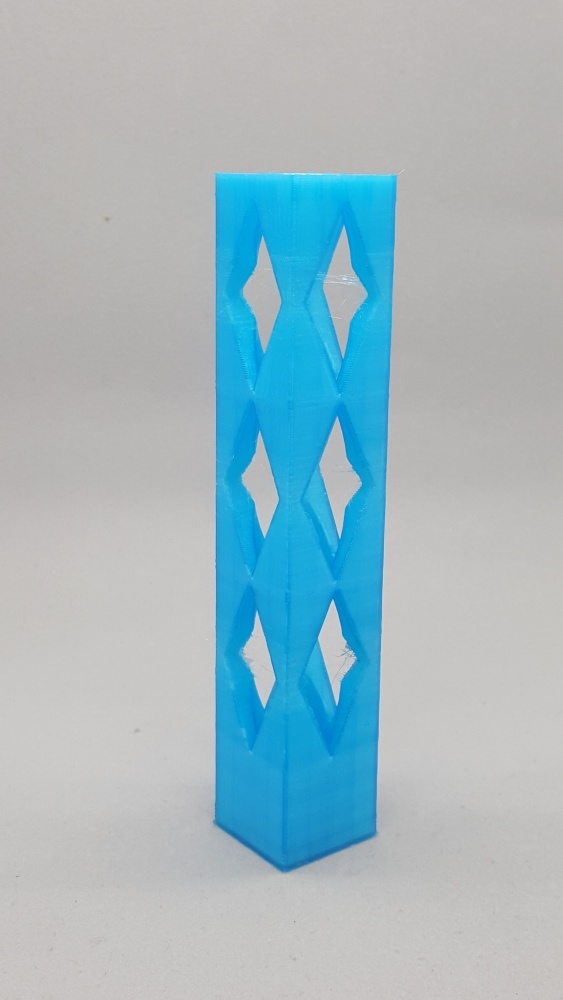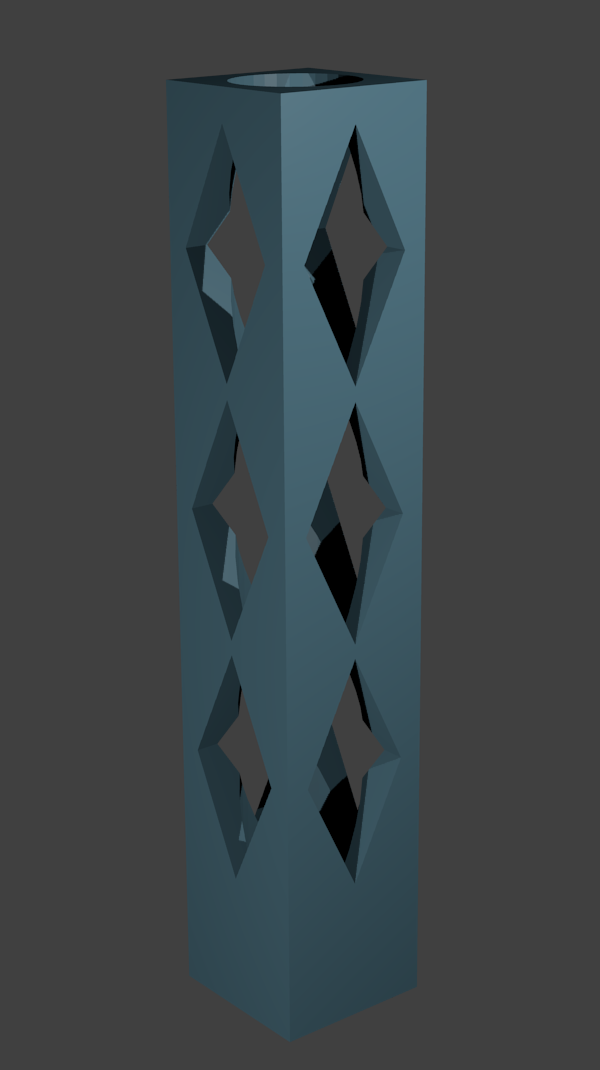FarmBot Genesis
THIS ARTICLE IS STILL IN PROGRESS IT IS MISSING PHOTOS AND MAY HAVE OTHER ISSUES AND INACCURACIES PROCEED WITH CAUTION
How I got started with the FarmBot project:
FarmBot Genesis started as a high school capstone project. Though through some luck and knowing the right people turned into my first experience working with a team in industry on a viable and successful product. I discovered the FarmBot project on Kickstarter, I was interested in 3D printers much like the rest of the world at the time and just happened upon FarmBot while looking for a printer I could afford. I was immediately intrigued by the project, it was a 3D printer for food more or less. It was also open source so I could build it myself I didn’t have to buy their kit. I ended up meeting Rick Carlino the lead software dev for the project by discussing his own product in front of him. From that day on I became the honorary QA (quality assurance) tester, I got access to a lot of internal software and hardware designs, I went ahead and built and tested everything and when I broke something they got to learn from it and make it better.
What Actually is FarmBot?:
FarmBot is an Open Source CNC controlled robot that tends a garden for you. The only work required is adding seeds to its seed bucket or puck, and harvesting the end product. Everything in between FarmBot handles, from planting to watering to fertilizing and even weeding. There is also a universal tool mount that tools can be made for it that defy its intended purpose. It has 12 electrical connections and 3 liquid or gas tubes that can be used for anything. The team used it as a camera rig for time-lapse photography, it can be used as a pellet fed 3D printer, the possibilities are endless. You can see the official introduction video here.
What did I actually do with/for the project?:
Origin/Purpose:
The origin of my project was actually, as I mentioned above, a high school STEM capstone project, I wanted to see how cheaply I could build a FarmBot. This goal was primarily the result of being a high school student with a part-time fast food job and I could not afford to individually part out the full spec FarmBot as a one-off, it is well in excess of 3000 dollars. I could also not afford to buy a FarmBot retail kit since they were in the same price range. They also did not go into mass production until a year after I started the project so that was another issue. The other reason behind this is just to see how little of the expensive machined materials were required to build the FarmBot. While I had access to very high-end CNC mills, laser cutters, 3d printers, pretty much my own manufacturing lab I know most of the world is not as lucky as I was to have those resources. I was primarily thinking of implementation in impoverished areas of the world where of course money is a concern but the majority of the cost actually comes from shipping. If I could figure out how to lighten the load and size the benefits would be two-fold. It would both make it cheaper for me to assemble and prove viability for a stripped down kit of just the basics could be shipped to impoverished countries.
Work on the machine and project:
Budget saving:
I decided to try to achieve my student budget-friendly version of the machine by replacing the custom machined aluminum plates with wood which could be cut out by hand and drilled with a hand drill. I removed some motor encoders that give the machine millimeter accuracy. Millimeter accuracy is not needed to water plants, it is really not necessary unless you are using it as a camera rig or massive 3d printer. I also attempted to replace the wheels it rolls on and the cable chains with 3d printed alternatives. This failed because the 3d printed plastics are not nearly as strong, and compress more than the specified polycarb wheels. I ended up replacing them with the commercial alternative, while this increased the amount a one-off machine would cost, it does not affect the kit that needs to be shipped. Commercial wheels are not heavy or hard to transport and they are inexpensive to manufacture in bulk. The cable chains met a similar fate, they constantly fell off of the guides, turns out zip ties and no chain works like a dream, so that saved a lot of money, time, and space. The wooden support plates worked well enough for the small machine (1.5 m* 3 m) but for anything bigger they become impractical. Though replacements can also easily be fashioned with hand tools out of scrap iron or mild steel.
Software and Documentation:
Apart from just seeing how cheap I could be at the hardware store and still make a functional farming robot, I did actually work quite a bit with several of the team members on the design and software of the FarmBot. I mostly just did QA on software, I did not write any of it. I would find problems with the software and help trace them down. I was really the first person outside the design team to look at the projects beta interface. There were a couple things they knew and never occurred to them might be a knowlege item a customer would need to use their product. It was a lot like editing your own essay, you know what you are thinking so you will never catch all of the mistakes. I also helped out with both the documentation and the software in the way that I would install things backward, or in the wrong order. They updated the documents to clarify, and the software to not fail under those conditions and to alert the user. At one point there was not even a wiring diagram for certain items. It just said, “plug it in”. These are all things that I am sure they would have fixed eventually but it was better to fix them before a customer took receipt of a device that took them 6 months of tech support before they could build it. With me, they had one person they could trust to work with and I spent plenty of time around the machines so I was a little bit more helpful in debugging than your average Joe. With customers, you don’t have just one you have thousands each with hundreds of problems. That is a huge issue.
Hardware:
For most of the hardware, I just provided general feedback as I did the software. They took what they liked and discarded the rest. The one thing that stood out is one improvement to the gantry. If you have not taken a look at what the FarmBot looks like, you should. None the less it has a gantry which a seeding head rides on similar to the print nozzle on of a 3d printer. Except plants have some hight when they grow so the gantry is a set hight so it clears the plants. The z-axis for height control rides on that gantry and moves the nozzle down instead of a standard 3d printer where the z-axis moves the gantry up. That makes the gantry heavy as well as large and it makes it impossible to use the standard one motor on one side of the gantry solution to move the gantry. It moves similarly to the way a shopping cart moves if you push it only on one side. The cart turns away from the side your pushing it from, now if that cart was up against a wall it would run into the wall and stop. That is how the FarmBot worked with only one side of the gantry powered. The unpowered side would just jam up and it would not go anywhere. So they decided that they had to power the gantry from both sides. They planned to use a huge precision machined drive axle that connected the one motor to both sides of the gantry. It required its own supports and bearings which would have to be heated, pressed on and then they never come off if you mess up. It was 2 meters long, heavy, and expensive. To be completely honest it didn’t even work that well all the friction from it overloaded the small 3d printer sized stepper motor. I ended up having to replace the small motor with a larger one just to get my machine to move. Now if you’re thinking what I was thinking, you are on the right track. Why not just too small motors, one on each side? Needless to say, there is now one small NEMA 17 stepper motor on each side of the FarmBot gantry.
What I learned:
There was a lot of first for me in this project, I had never seen the internals of a company before, especially not a startup. I learned a lot about hardware, software, and business from it. The couple big things that I took away though first is: never underestimate what you can do on your own and how much money you can save if you are in a position where you can afford to trade time for money. I also learned to never underestimate bulk purchases, my one-off incomplete FarmBot (remember it was missing drag chains for cables, propper aluminum parts, I even used a bucket to waterproof the power supply, rain does not rain up, it worked what can I say), cost me well over 1500 dollars. I do not believe I am at liberty to say what the complete kits cost bulk from the factory, but I’ll let you guess. It also taught me a lot about testing and how important it is to have someone else look over your work especially if it is for a commercial purpose. We all make mistakes, we are human, it happens. It is just not ok when it gets to the customer, it costs the company way more time and money than if it was caught in testing and it makes for an unhappy customer.





